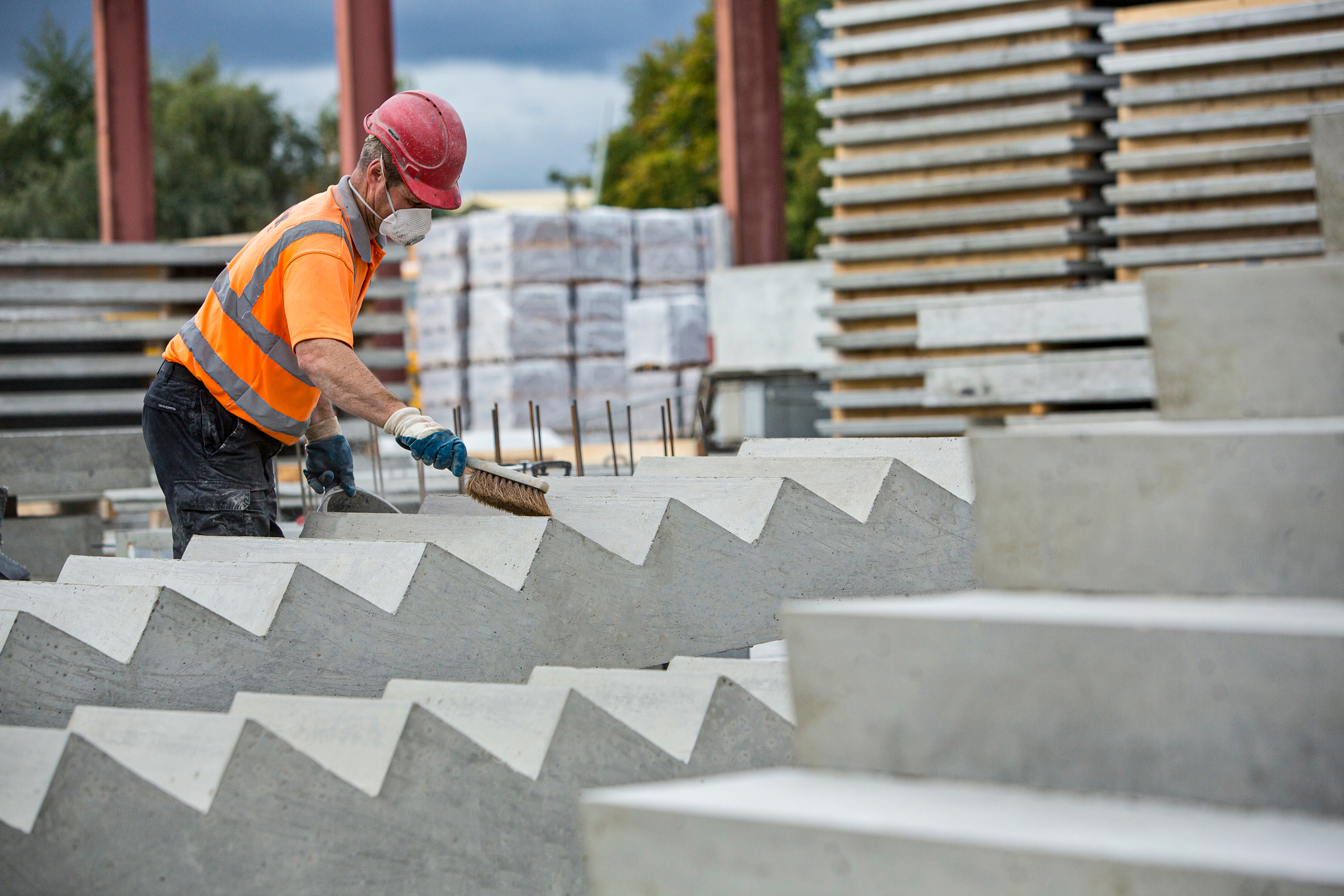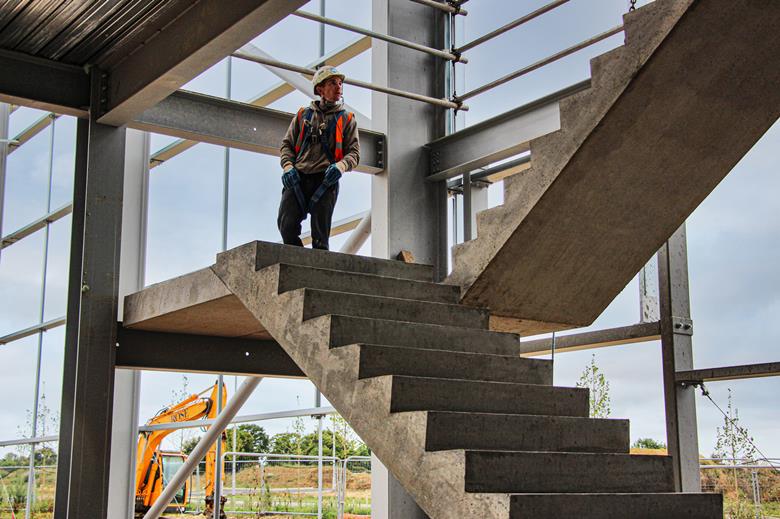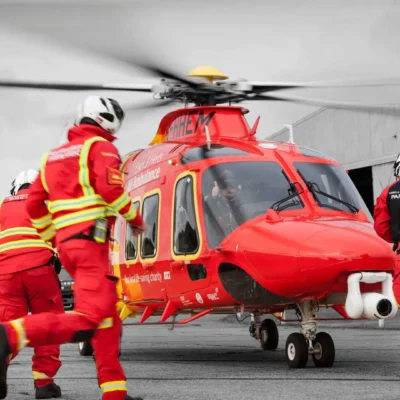
Adapting to UK Building Regulations Changes And The Role of Precast Concrete Stairs

Written by
Lee Cowen, Managing Director
Milbank Concrete Products
28/03/2024
Our Precast Concrete Stairs Will Help Future Proof The Industry When New Regulations Come Into Force

In response to growing concerns over building safety, in recent years the UK has implemented significant changes to building regulations, particularly focusing on high-rise residential blocks.
Sadly, it took the Grenfell Disaster of 2017 to trigger the catalyst for this overhaul, highlighting the inherent safety issues with high-rise buildings and the horrendous repercussions of poor safety standards.
One of the most notable changes is the requirement for the inclusion of a second staircase in construction, aiming to enhance safety measures and mitigate risks in the event of emergencies, such as fires or evacuations. First outlined in plans during a government consultation phase between December 2022 and March 2023, the updated regulations to Approved Document B will mean that all buildings over 18m tall would require the installation of a second staircase.
Moving forward, developers face critical decisions regarding their projects’ design and construction before the transition period ends on 30 September 2026. Developers can opt to proceed with the original design, featuring a single staircase, or futureproof the construction by following the new guidance and incorporating a second staircase into their plans. This flexibility allows ongoing projects to continue without delay, providing developers with an opportunity to prioritise safety without significant disruptions.
However, as developers start to navigate through this transition period, the choice of materials and construction method will become front of mind. Construction materials play a crucial role in ensuring compliance and enhancing safety standards. Precast concrete stairs offer numerous advantages that align with the objectives of the new regulations.
Fabricated in controlled factory environments, precast concrete stairs provide precision and consistency in quality, whilst meeting stringent safety standards. This off-site production minimises on-site disruptions and accelerates construction timelines, crucial during the transition period.
Plus, precast concrete stairs are designed for swift installation, reducing labour costs and construction time with the added benefit of enabling the workforce easy access to different levels. Their modular nature allows for seamless integration into building structures, facilitating compliance with the new requirement for a second staircase.
Concrete’s inherent strength and fire-resistant properties make precast concrete stairs an ideal choice for high-rise buildings. They offer robustness and reliability, crucial factors in emergency evacuation scenarios. Additionally, precast concrete stairs can withstand heavy foot traffic, ensuring long-term safety and structural integrity.
In light of evolving building regulations and heightened safety concerns, embracing innovative construction solutions is imperative for the construction industry. Precast concrete stairs offer a forward-thinking approach to building design and construction, offering a reliable and efficient solution to meet regulatory requirements and enhance safety standards in high-rise residential buildings.
As the UK undergoes a transition towards stricter building regulations, the incorporation of a second staircase in high-rise residential blocks over 18m marks a significant step towards enhancing building safety. Although the changes don’t come into force until 2026, it is prudent for developers to think ahead and consider the essential changes which will be required.
Recent news

07/07/2025
Milbank Supports Essex & Herts Air Ambulance with £4,500 Donation for ‘Blood on Board’ Missions

01/07/2025
Celebrating 10 Years of Support: Milbank & Halstead Town FC

26/06/2025
Supporting Our Armed Forces: Milbank’s Armed Forces Week Fundraiser

